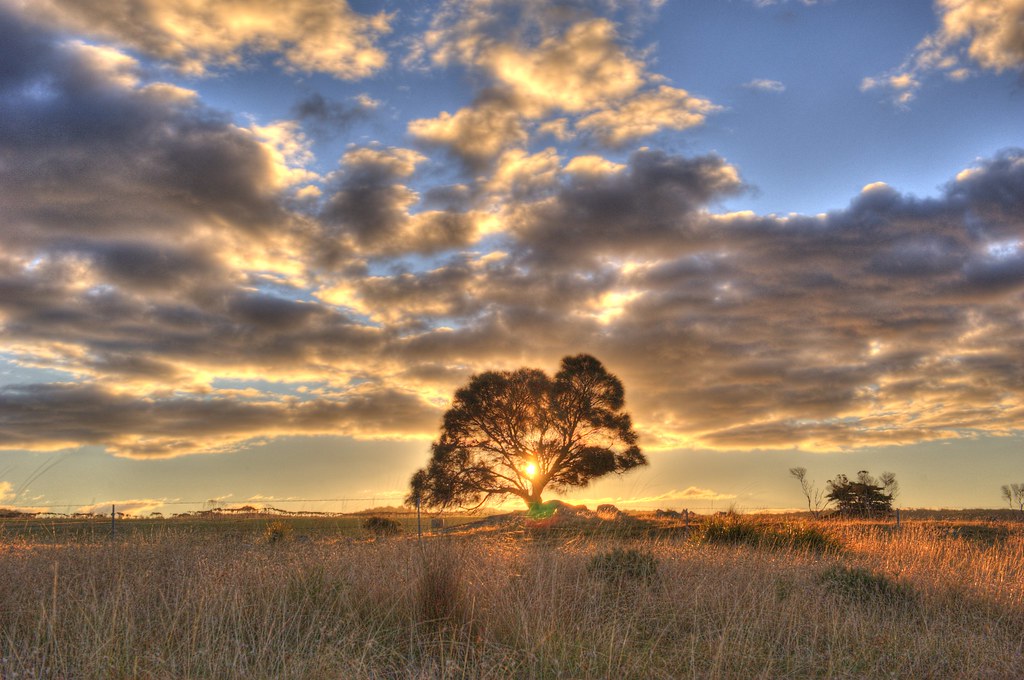Hi All,
I recently upgraded to a D700 from a D90. However I seem to have some trouble getting my head around the auto bracket mode.
I had no problems with the auto bracket feature on the D90 as it could only do 3 frames (automatically), however the D700 allows up to 9 frames in auto bracket mode. I've tried using the 9 frame brackets, but when I merge the 9 frames together, there seems to be a lot of noise. I haven't tried using 7, 5, or 3 frame modes. But wanted to see if anyone have the same or has any help they can throw my way.








 Thanks useful information:
Thanks useful information: 
 Reply With Quote
Reply With Quote Add To Bookmarks
Add To Bookmarks
 Threadstarter
Threadstarter



























